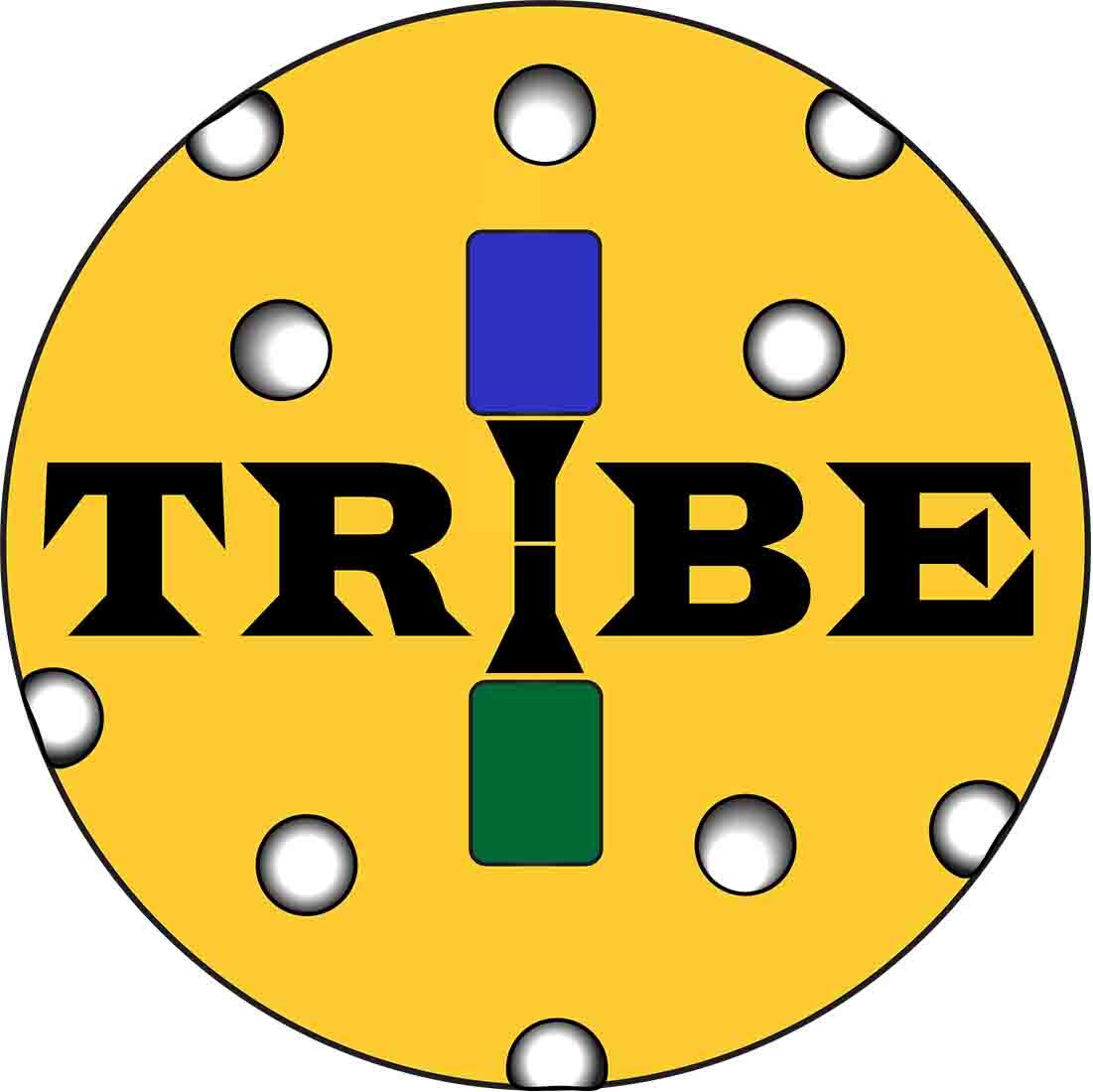Pickleball, with its rising popularity, is a game of agility and strategy. And while many dive into doubles, singles play offers a different kind of challenge. If you’re a fan of one-on-one competition and are exploring the singles arena, this guide is crafted just for you. Let’s unravel the essential rules and serve up some real-life examples for clarity to ensure you have all the details on what pickleball rules singles players need to understand! If you are looking for doubles rules, please see this post.
1. Serving in Singles Play
Starting the game right is crucial. In singles, the serve is still underhand, ensuring the paddle’s head stays below the server’s wrist when striking the ball. The serve should be hit cross-court, landing in the diagonal opposite box.
Imagine standing on the right side of your court. Your serve should soar over the net, landing in the left box of your opponent’s side.
2. Scoring the Pickleball Way
Scoring in pickleball singles retains its unique charm. Only the server can score, and games typically race to 11 points, but a 2-point lead is necessary for the win.
Picture being at a 10-10 score, and you win the next point on your serve. That next point won’t end the game – You’d need to secure a 12-10 score to officially win that game.
3. The Double Bounce Rule: It’s Universal
Just like in doubles, the double bounce rule is imperative in singles. After the serve, both the server and receiver must let the ball bounce once before volleying. This rule levels the playing field, ensuring no player gets an easy point off a serve.
Think about a fast, low serve coming your way. You’d need to resist the urge to volley it back. Instead, patiently wait for that bounce.
4. Navigating the Non-Volley Zone
Affectionately called the “kitchen,” this 7-foot space demands respect in singles play. No volleying is allowed inside this zone unless the ball has touched the ground there first.
Envision a scenario: A soft shot drops close to the net. You sprint forward, but remember – if your momentum carries you into the kitchen, avoid volleying the ball.
5. Out of Bounds and You
Understanding the court boundaries is paramount. Balls landing outside the marked lines are considered out. But, if a ball touches any part of a line, it’s deemed in.
Visualize a shot that seems to head out but then clips the very edge of the line. That’s an “in” shot. Always keep a keen eye.
6. Faults and Their Impact
Faults in singles can swiftly change the tide of the game. Common faults include:
- Serving before the receiver is ready.
- Missing the service box.
- Stepping into the non-volley zone while volleying.
Imagine you’re on a scoring spree, but then you serve too quickly, catching your opponent off guard. That’s a fault, halting your momentum.
7. The Intricacies of Side Switching
In singles, to keep things fair, players switch sides when one player reaches 6 points in an 11-point game. This change ensures both players experience any varying external conditions.
Playing on a sunny day? Switching ensures neither player has the sun in their eyes for too long, balancing the playing conditions.
8. Continuous Play Keeps the Rhythm
Stalling isn’t an option in pickleball. After a point, the next serve should be up and ready within 10 seconds. Dilly-dallying beyond this can earn you a fault.
Imagine taking too long, adjusting your paddle grip, shoe laces, or headband after every point. In pickleball, the game waits for no one!
9. Service Sequence Simplicity
Singles is straightforward when it comes to serving. After a fault, the serve switches to the other player. Keeping track of who’s serving is much simpler than in doubles.
Let’s say you serve, rally, but then send a shot out of bounds. The serve now goes to your opponent for the next point.
10. The Mental Game: Strategy and Stamina
While not a “rule” per se, understanding the mental aspect of singles pickleball is essential. Singles demands greater stamina, quick decision-making, and the ability to read your opponent. Read more from Selkirk on ways to consider your mental game here.
Recall any one-on-one sport you’ve watched. Observing your opponent, predicting their moves, and strategically placing your shots can be the difference between a win and a loss.
Closing Thoughts
Singles pickleball is more than just a game; it’s a duel, a dance, a test of wills and skill. Embracing the singles format ensures you’re equipped to face any opponent. Whether you’re looking to play recreationally or have competitive aspirations, knowledge is your best paddle. Now, get out there and serve up some fun – You’ve covered all the pickleball rules singles players need to know!

